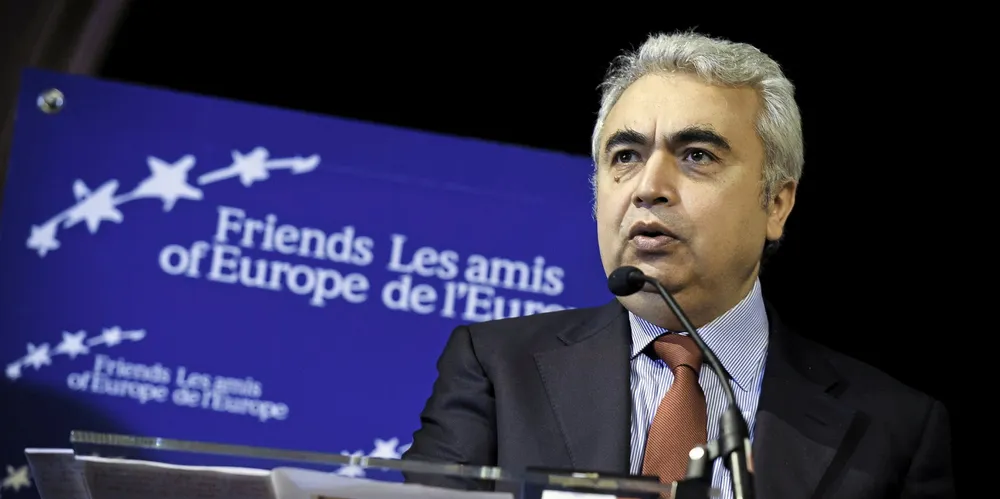Double global spending on grids or wave goodbye to Paris goals, says IEA
The Paris-based agency said failure to give sufficient attention to grids could see them becoming a ‘weak link’ in the green energy chain and undermining the rollout of wind and solar
